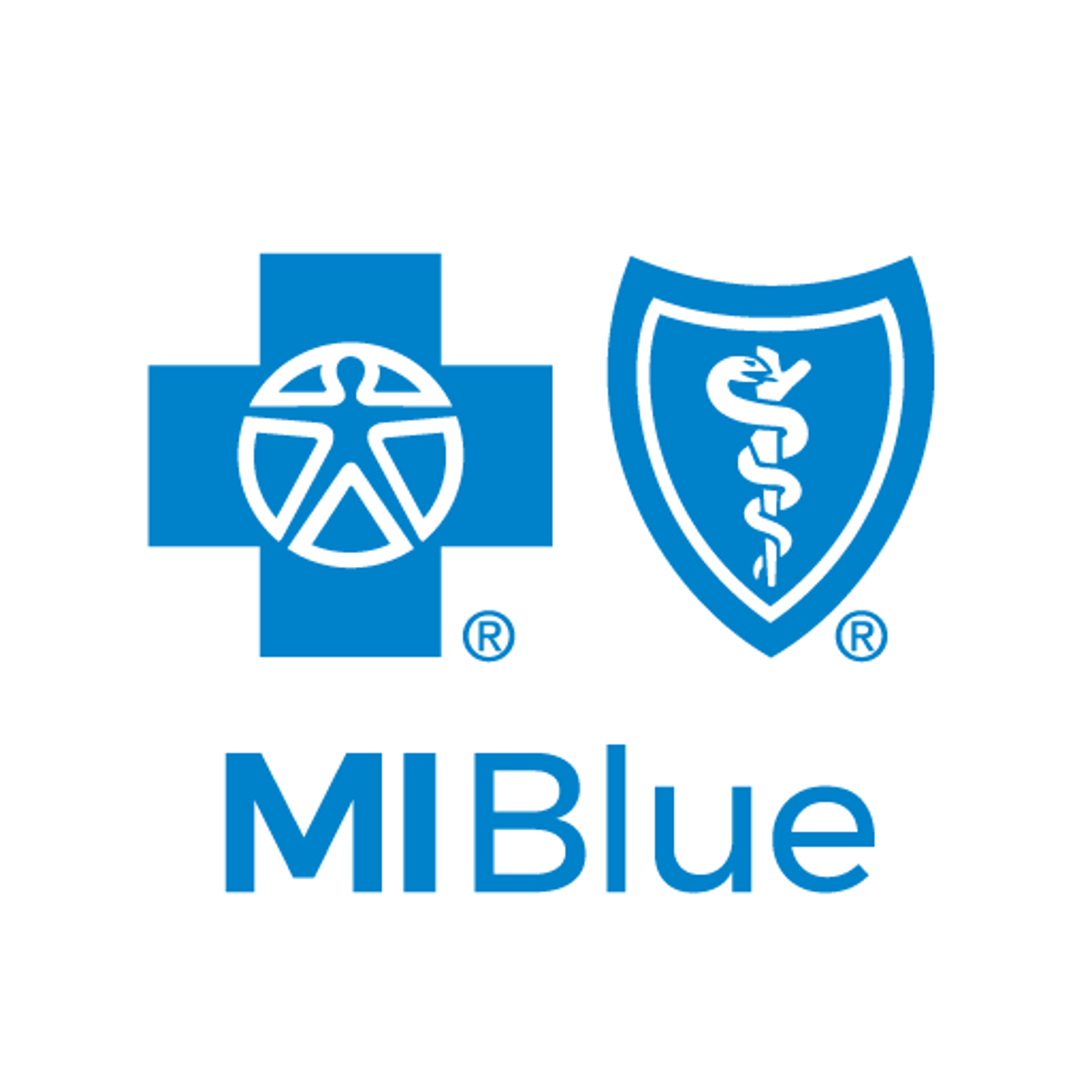How Viruses Spread

Blues Perspectives
| 3 min read

There are trillions and trillions of viruses in the world. While we are familiar with some, many go unnoticed or undetected by the human body. So, how do these viruses spread?
Let’s start by breaking down what a virus is. A virus is a small piece of genetic material and a few tiny proteins. The proteins in a virus work first to get inside healthy cells and second to copy itself repeatedly until the body realizes it has been infected. Some viruses originate in other living creatures and at some point, mutate to become infectious to humans. Viruses go through thousands of mutations, but only a few possible genetic combinations will lead to a new viral strand.
How viruses spread throughout the body and to others
Viruses spread from person to person mainly through the tiny droplets that are produced when a person carrying the virus coughs or sneezes. Those droplets, whether we can see them or not, may fly and land on a surface. Some may land directly on the mouth, nose or eye of another person while others may land on a hard surface like a phone, doorknob or countertop. How long those particles survive on the surface varies depending on both the surface and the viral strand. For some viruses it is only a few hours; for others it can be as much as nine days.
If a healthy person touches one of those surfaces and then touches their nose, mouth or eyes before washing their hands, they have transmitted the virus to themselves. If that person now carrying the virus coughs or sneezes and doesn’t disinfect the area, the virus can be transmitted again, and the cycle continues. However, if a virus particle has been brought into your body, it doesn’t guarantee you will get sick. The lungs have cells and mucus lining them that help to trap or get rid of bacteria, particles and viruses. If the virus manages to get past the lungs’ security systems, the protein in the virus must find the perfect cell to bind to, one with the right protein to receive it.
The location of the needed receptor plays a major role in whether the host will get sick. The greater challenge facing society is many illnesses don’t show symptoms right away. Some viruses have incubation periods of up to 14 days and some individuals may be asymptomatic, meaning they show no symptoms. Of course, how contagious and severe any given illness is depends on the strand of virus and on the immune system and general health of the person that encounters it.
Flu prevention
The easiest way to prevent getting sick is proper and frequent hand washing to kill off any germs that may be on your hands. It’s also important to avoid touching your face as it can cause the unknowing transfer of germs to yourself. Always participate in self-monitoring and call your doctor if you believe you may be getting sick.
This content was reviewed and approved by Dr. S. George Kipa, a retired former deputy chief medical officer at Blue Cross Blue Shield of Michigan.
Photo credit: Getty Images





